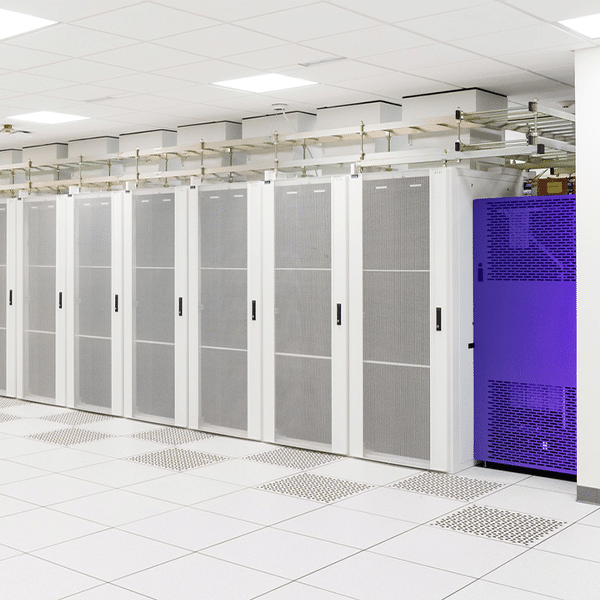As promised, Comcast today launched symmetrical 2 Gbps service in “select neighborhoods” in Atlanta. Underlying the offering is DOCSIS 4.0 technology, which recently became commercially available.
Comcast said last month that it would offer speeds up to 2 Gbps in Atlanta and Philadelphia before year-end. At that time, the company told Telecompetitor that the price for the 2 Gbps service would be $115 after a $10 discount for paperless billing and autopay.
The company is using the brand name X-Class to indicate service based on DOCSIS 4.0. Pricing for the service is as low as $55 monthly for the symmetrical 300 Mbps service (after the paperless autopay discount).
Comcast also will offer X-class symmetrical service at speeds of 500 Mbps and 1 Gbps. The company said it has plans to offer speeds exceeding 2 Gbps in the future.
To obtain the benefits of DOCSIS 4.0, cable companies need to expand the amount of spectrum within the coaxial portion of the hybrid fiber coax (HFC) networks and make more spectrum available for the upstream path, where cableco speeds have lagged behind those of fiber broadband providers. Comcast has made a different choice there in comparison with some other cable companies.
As Comcast upgrades its network to support DOCSIS 4.0, the company is using a bit different technology from some other cable companies, including Charter.
While Charter and others plan to use the extended spectrum approach that devotes a fixed amount of spectrum to the upstream path, Comcast has chosen to use full duplex DOCSIS overlaid onto a mid-split approach, thereby making a portion of the spectrum available for upstream or downstream use. Comcast gains greater flexibility in the upstream and downstream speed combinations that it can offer, although one financial analyst estimates that Comcast’s upgrade cost is $200 per location, while Charter’s upgrade cost is $100 per location.
Comcast Chief Network Officer Elad Nafshi shared some other details about the company’s DOCSIS 4.0 strategy with Telecompetitor last month when the company announced the Atlanta and Philadelphia plans.
The company’s DOCSIS 4.0 implementation includes a virtualized cable modem termination system (vCMTS), he said. The vCMTS is typically deployed in the network hub.
Another key upgrade that Comcast is making to its network is to establish DOCSIS 4.0-capable digital nodes, which comprise an element of distributed authorized access, Nafshi noted. Also known as DAA, distributed authorized access involves moving network intelligence from a centralized location into nodes closer to the end user using either a remote PHY or MAC-PHY approach.
Nafshi told us in an earlier interview that Comcast uses a remote PHY approach to provide more sustainable power savings and greater reliability. He added, though, that a MAC-PHY approach may work fine for some network operators.
Comcast said today that it has invested more than $30 billion in its network nationwide in the last decade to support these and other network upgrades.


